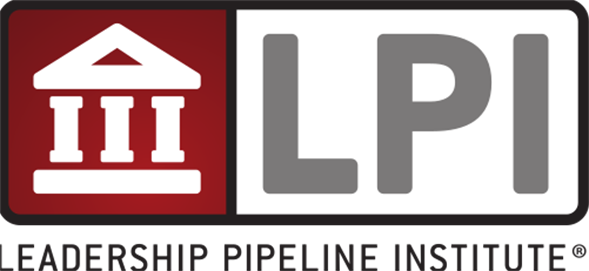ATD Blog
Every Leader Counts
Thu Aug 24 2023

Organizations comprise many interconnected elements that must work together. Leaders make the connections happen so work can flow efficiently—they make sure the work gets done.
Given how dry the leadership pipeline is in many organizations, the most common organizational response to this situation is surprising: adopting a “best and brightest” strategy. Organization after organization has decided that it can solve its leadership problem by finding and nurturing the top talent. Hiring gifted people makes sense as a tactic but not a strategy.
Certainly, if there’s an enormously talented individual who you can recruit for your organization, you should do so. Strategically, however, this approach falls apart because of the scarcity of highly talented individuals. Not only will you have to pay through the nose for these people, but more importantly, they will probably never fully develop. The stars of the business world usually change jobs or companies so frequently that they have difficulty finishing what they started. They don’t stay in one place long enough to learn from mistakes, master the right skills, or gain the experience needed for sustainable performance.
Although star performers can contribute greatly to any company, there are not enough to go around. Today’s companies need effective leaders at every level and in every location. Because of the information technology revolution, globalization, and other factors, leadership is a requirement up and down the line. To deliver on increasingly ambitious promises to customers, shareholders, employees, and other stakeholders, organizations need more fully performing leaders than ever before. This means finding a method that ensures more leaders will be prepared for and placed at the right leadership levels.
A recent idea from economic analysis—weakest link versus strongest link investment decisions —is relevant here. Which part of a team should be the focus of investment—the weakest link or the strongest link? The answer depends on how winning happens.
For clarity, consider team sports where contributions to success and winning are visible. In basketball, winning requires a lot of scoring. Having one or two or three great players out of 15 team members is enough to win a championship. Getting a player or two who can take the ball at one end of the court, move it all the way to the other end, and score by themselves is a winning strategy. Two or three players who can score independently, no matter how the opposition defends, is a necessary condition for success. In soccer, by contrast, there are very few scores. It routinely takes seven or eight or more passes to score one goal. Many games are won with one or two goals. Everyone in the passing chain must perform effectively to enable that shot on goal. Certainly having a few good at scoring goals is necessary, but they won’t get a chance if the passing breaks down. In basketball, investing heavily in superstars works. In soccer, investing in everyone to be sure they all can catch and pass at a high level is required.
Large organizations are more like soccer than basketball. All leaders must perform effectively, and successful businesses invest in all of them. The Leadership Pipeline tells you what skills are required for all leaders, how they should spend their time, and what work they should consider important. It also provides differentiation by layer so the right development can be provided. Startups and very small businesses might do better investing in the strongest link, for example, skew investment towards making the design leader great or the sales leader. That strategy should be changed as soon as the business starts to grow.

